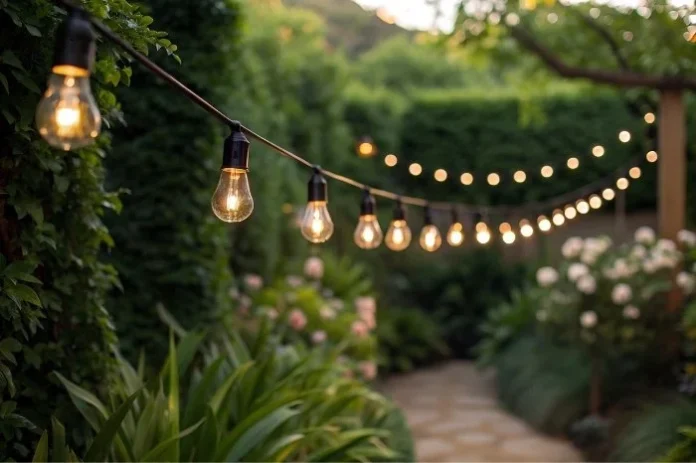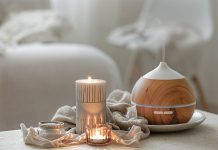Making a garden neat may requires weeks or months of hard work. Assume that after all this work, your plants are thriving, the pathways are neat, and your deck looks ready for summer evenings with friends. But when the sun goes down, everything fades into darkness.
Finding lighting that blends beauty and practicality can be a bit difficult. You don’t want something too bright that ruins the mood, but you also don’t want to stumble around in the dark. And when you start browsing, the choices feel endless—solar, LED, warm light, cool light, spikes, lanterns, and on it goes.
Even something seemingly straightforward, like deck lighting from in-lite, starts to feel like a bigger decision than you expected.
So, how do you pick lights that aren’t just pretty but genuinely useful? Keep reading.
Think About Purpose Before You Think About Pretty
Here’s the thing: garden lights should do more than look good in a catalog photo. Their main role is to serve you. Do you want them for safety, like guiding you along a path or preventing trips on steps?
Are you looking to highlight specific features like a fountain, a tree, or that cozy seating area? Or is your main focus ambiance?
If you skip this step and go straight to buying based on looks, you’ll probably end up disappointed. A delicate lantern might look great on Pinterest, but if it doesn’t brighten up the walkway, it’s just décor that gets in the way.
On the flip side, installing floodlights because you wanted “bright” can ruin the atmosphere and wash out your garden entirely.
That’s why functionality needs to be your first filter.
Match Lighting Style With Your Garden’s Personality
Every garden has its own vibe, right? Some feel modern and minimal, others lean more rustic or traditional. Lighting should feel like part of that personality, not an afterthought.
If your garden has clean lines, geometric layouts, and sleek furniture, then lights with simple designs can fit right in. But if your space has more of a romantic, cottage feel, lantern-style fixtures or warm-toned bulbs can complement the mood better.
You’d be surprised how much mismatched lighting can throw off the whole aesthetic. Imagine a rustic wooden deck paired with ultramodern steel fixtures.
It just feels off. This doesn’t mean you shouldn’t mix styles. If you do so, ensure there’s some balance. Lighting is like jewelry for your garden—it can elevate the outfit or clash with it.
Also Read: Different Types of Wood
Pay Attention to Light Temperature and Brightness
You might find a fixture that looks perfect, but the actual light it casts feels wrong. Bright white LEDs can feel too harsh in a garden. In fact, it may make everything look clinical. On the other hand, lights that are too warm or dim might not provide enough visibility.
You’ll want to think about color temperature—measured in Kelvin (K). Warm light, in the range of 2700K to 3000K, creates that cozy, inviting glow that works well for seating areas or ambiance.
Cooler light, around 4000K or more, is better for task lighting, like around your grill or workspace, because it mimics daylight. Having a mix of both can give you flexibility depending on where you place the lights.
Brightness matters, too. Instead of just choosing the brightest option, think about layering your light. A little here, a little there.
Soft glows for pathways, slightly brighter spots for safety, and accent lighting for features—it’s all about balance. Lighting isn’t just about seeing; it’s about feeling. And you want your garden to feel welcoming, not like a stadium.
Wrapping Up
Choosing the right garden lighting doesn’t have to feel overwhelming once you know what you’re looking for. The right lights will turn your garden into that magical spot you want to spend time in, whether it’s a quiet evening alone or a lively gathering with friends. And isn’t that exactly what you’re going for?
Also Read: How to Maintain a Lawn? Essential Tips for Every Season





